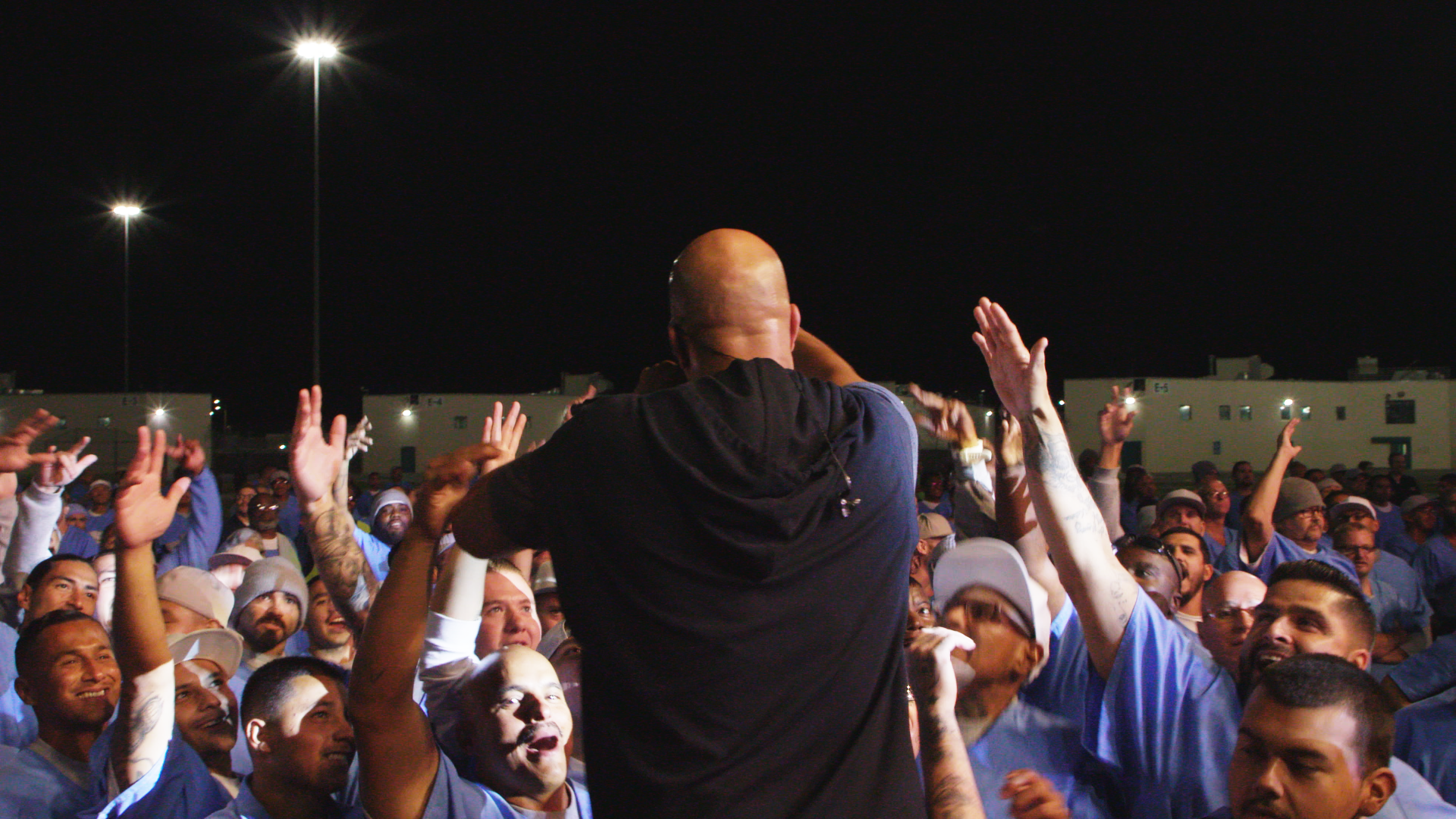How prison learning was devastated by the COVID pandemic
The Associated Press | Published March 2, 2023
CHOWCHILLA, California (AP) — Joseph Sena has spent nearly half his 27 years in prison for manslaughter. For almost as long, he’s been striving to make himself a better man than when he first arrived.
He has taken courses in creative writing, addressed his addictions, and attended school in prison, hoping to be judged fit for parole and ready to return home to Los Angeles if he’s ever freed.
But when the coronavirus pandemic hit, tearing through prisons and killing thousands, it severely disrupted or shut down the very programs prisoners most desperately need to prepare them for eventual release.
Trauma counseling, training in carpentry, masonry and barbering, and college courses were slow to adjust to pandemic learning. Isolation and uncertainty replaced creative outlets and mental health therapies, for months on end.
Sena grew depressed and anxious. He began to doubt that he’d be known for anything other than taking a life when he was 15.
He remembered the words of a poem he wrote to the man he was convicted of killing.
“I know you’re not here. I’ll remember your name. For you I will live. For us, I will change.”
He was afraid he’d never get the chance.
In a nation that incarcerates roughly 2 million people — a disproportionate number of them Black and Hispanic — the COVID pandemic was a nightmare for prisons. Overcrowding, subpar medical care, staffing shortages and the ebb and flow of prison populations left most places unprepared to manage the spread of the highly contagious virus. At least 3,181 prisoners and 311 correctional staff died of virus-related causes through mid-January of this year, according to a COVID tracking project by the law school at the University of California in Los Angeles.
The 10 largest state prison systems suspended or severely curtailed in-person visitation for an average of 490 days before such restrictions were lifted, based on information and records obtained by The Associated Press. That meant no family visits, and no volunteers coming in to lead rehabilitation programs.
At the worst of times, prisoners said they were locked in their cells for weeks on end, their otherwise normal activities like phone calls to loved ones left up to the whims of correctional officers. And when things seemed to return to normal, just one COVID-positive case in their living quarters would send them back into isolation for weeks.
Some prisons expanded mail correspondence learning for prisoners in GED or college programs and introduced learning via mobile tablets where they could.
But prisoners said it wasn’t the same as the in-person classes.
“People weren’t prepared for this,” said Oscar Martinez, a resident of Valley State Prison. “I believe it created a lot of trauma for people, on top of the trauma they already had. The cell that you have in your mind, when you start suffocating in there, it’s just like cage after cage after cage.”
It’s hard to overstate the positive impact of educational and skills training on prisoner rehabilitation, said Margaret diZerega, who directs the Vera Institute of Justice’s Unlocking Potential initiative, which is focused on expanding college in prison. Given that 90% of people who are incarcerated in the U.S. will return to their communities, prisoner access to rehabilitative programming should matter to everyone, she said.
“We know from the research that these kinds of programs reduce recidivism rates. They improve safety in the prisons, there are fewer violent incidents, which is positive for the staff who work at the prisons and for the people who live in the prisons,” diZerega said.
A comprehensive review of in-prison education by the RAND Corporation found that prisoners who participate in any kind of courses while behind bars are up to 43% less likely to commit more crime and return to prison.
“It’s hugely important that people have hope and that we, as a society, care about their human dignity and their potential,” diZerega said.
Education and rehabilitation programs can also help a prisoner’s parole eligibility. Many parole commissioners consider earning diplomas and certifications, along with prisoners’ record of good behavior.
“I know that I have to go to a board, in front of these commissioners, and I don’t want these commissioners to say, ‘So what happened in these two years?’” said Sena who, as of this month, becomes eligible for parole in 2024.
Read (and watch) the full story here.





